We’ve all heard the expression, “You have to learn to walk before you can run,” and that phrase is especially fitting when it comes to conditioning to be a runner as opposed to training for a particular marathon, half-marathon or race. And before you even ask, yes, there is a huge difference.
Setting a goal is a lofty undertaking, a noble pursuit. And when it comes to training for a race or marathon, an individual is far more likely to work through physical pain and setbacks if they are pursuing a goal and have a community commitment. But such aspirations should be based on reality, and those of you targeting such ambitions should seek guidance to achieve the desired result.
That being said, the doctors and physical therapists here at FORMA are all about setting goals based on each patient’s physical abilities and the specific sports requirements to achieve results.
In fact, what our professionals know — and what you may not know — is that the majority of runners treated at FORMA received their injuries as a result of self training for a particular race or participating in that particular race without the proper preparation.
When athletes train and condition themselves for any sport under the guidance of qualified coaching, they reduce the chances of experiencing sport-related injuries.
And that’s where FORMA’s goals come into play. While we have a mission of treating those who suffer injuries, we also specialize in working closely with many coaches and trainers to help mentor their clients to become lifelong runners, cyclers, skiers or exercise enthusiasts.
We provide physical therapy and rehabilitation treatments, but equally important are our efforts to provide each patient with precise medical diagnosis, taking into account the demands of their sport. For example: A runner recently developed a new pain in her hip that is present only after running more than 20 minutes, and goes away soon after she stops. She never has pain with walking or standing. It will be important to understand not only what is her medical condition, but the correlation with her running at minute 20 needs to be considered. Then, modifications to her training can be advised.
This allows our patients to better communicate with their coaches providing guidelines to more effectively improve their athlete’s training programs.
Our medical director, Dr. Claudio M. Carvalho (known to our patients as “Dr. C”), says an athlete must determine the type of physical activity in which he or she wants to become involved. And, he says, the issue of Running versus Racing is a good example of what can get complicated if one is not properly guided. Unsupervised training programs are available in books and on the internet. However, the value of a one-on-one training program includes the establishment of the necessary skills and physical qualities that are needed for that particular sport. It also requires the individual evaluation of each participant and the planning of the program addressing the needs of the sport to the best training method for each individual to achieve their goal. Most importantly, the coaches will provide supervision and adaptation to the program to the individual’s specific needs as it changes during the training progress. And that includes how to go about training while recovering from an injury.
“Racing is an event that one aims to compete — or just complete,” Dr. C says. “It requires specific planning and periodization principals (biological responses to stress) of adaptation to a gradual overload, mixing specific exercises based on the individual needs and the demands of running in order to peak in performance at the racing day.”
He says that running, on the other hand, is an activity that is mostly used for cardio-respiratory conditioning. Its purpose is to improve oxygen utilization, and helps the joints handle gravity forces and stimulate bone mass. “Simply speaking, the physical requirements needed for running are well conditioned heart and lungs, coupled with a healthy framed body that can handle the repetitive over a long duration of impact,” Dr. C says.
Coaches and trainers understand the risks with their particular sport. The inevitable impacts of running that affect the runner’s toes, feet, shins, knees, hips, back, neck and arms, are well distributed in a healthy well-trained athlete. And if any one of these areas is compromised, the others are forced to take up the slack (compensatory imbalances), with a long-run effect of breakdown or failure. These imbalances in performance are identified early — and promptly corrected — by training professionals. Athletes can’t see themselves perform, especially when it comes to running. Thus, without supervision and direction, these problems tend to escalate into injuries and keep those runners off (the) track.
These important concepts are taken in consideration when a coach plans a training program for a particular race. “The goal,” says Dr. C. “is to progress in a periodization plan to strategically build both systems (cardio and frame) in order to “peak” on race day.”
When you use running for conditioning or leisure, that biological response to stress (adaptation through periodization) can be more flexible. However, there has to be a higher attention to the cycling periods of loading versus resting in order to avoid overtraining, which results in the development of overuse injuries.
Here at FORMA, we believe the secret to optimal performance is to be able to recognize the needs of a particular sport or activity (running or racing) and seek guidance to properly plan a training regimen that will induce the correct adaptation that allows you to perform at your best. And when it comes to conditioning for health, we’d much rather you become a runner than a runner in just one race or event!



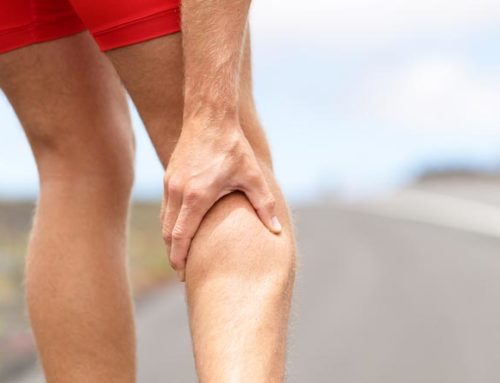
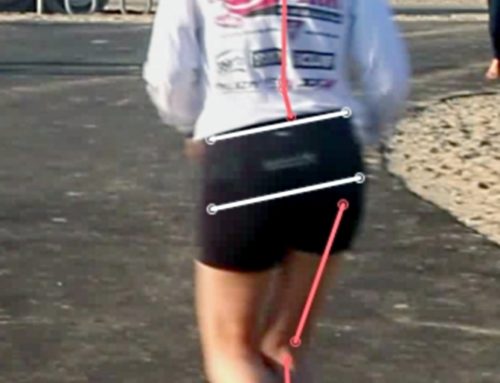
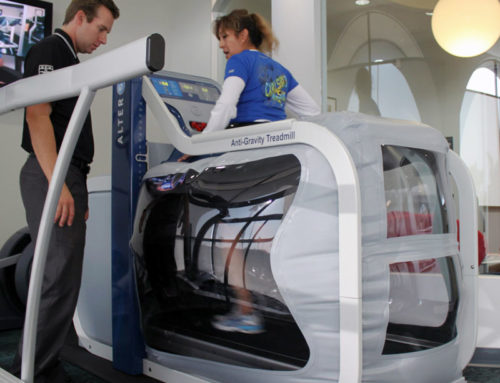
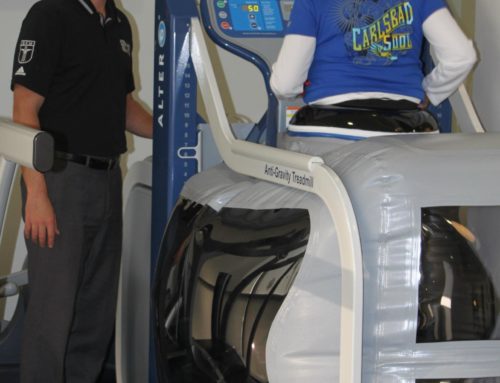
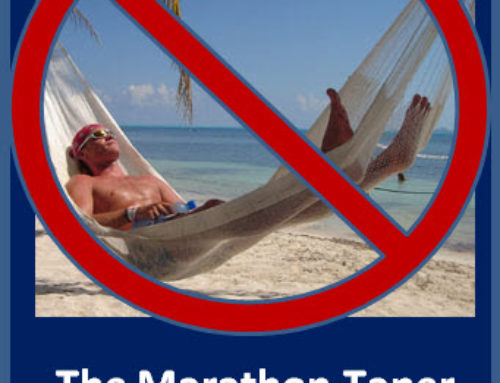
Hi Dr. C,
Running blog looks great! Great model for literally building the athlete from the ground up.
As a physician, What is your perspective on Vibram five finger shoes? Do your runners use them? I have some reservations with regards to their potential micro-trauma on bone and connective tissue.
Talk soon
Hi Dave,
Check our next coming blog exploring barefoot running from a training adaptation perspective needed to avoid injuries.
Stay tuned!
Best,
Dr. Carvalho